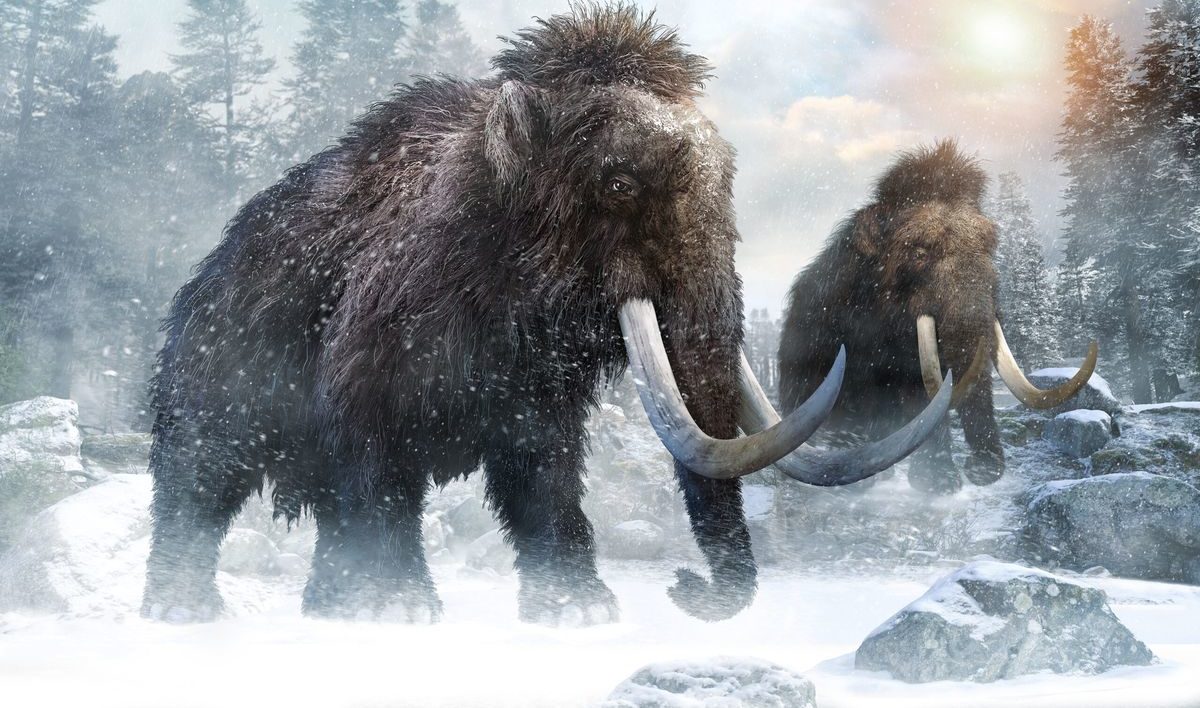#ARCTIC. #SIBERIA. THIS IS TAIMYR. The sensational discovery of the mammoth (named Zhenya) remains on the Taimyr peninsula in 2012 is still being discussed by the scientific community. Presumably lived 30-35 thousand years ago, the well-preserved giant is now in the Taimyr Museum of Local Lore.
And recently, information about a younger relative of the mammoth Zhenya has been declassified – it was found in Taimyr in 1948. Age – presumably 11.5 thousand years. And the information that Soviet scientists received when studying the remains refuted the statements of their Western colleagues about the climate of the peninsula.

The remains of the ancient animal were accidentally found by wintering geologists. The Council of Ministers immediately sent an expedition to the place of discovery – the skeleton of the animal, wool, soft tissues were very well preserved. And the most surprising – the remains of organic matter said that the mammoth ate grass.
The Taimyr find led scientists to the conclusion that the climate on the peninsula used to be milder. The memorandum to the Soviet leader was published for the first time by Rodina.

It’s interesting that along with the scientists’ conclusion, a piece of mammoth was also sent to Stalin, but after 20 years the sample was destroyed. The skeleton and soft parts of the mammoth were taken to Leningrad, to the Zoological Institute of the Academy of Sciences.
Scientists suggest that the mammoth died when it fell into the ground with deep melting of the permafrost. In the future, its remains were thawed and frozen again. At the same time, the corpse was destroyed, it was eaten by predators.
Research in the area of the mammoth find makes it possible to recreate the paleogeographic conditions of the era when mammoths lived against the general background of the history of the Quaternary period in Taimyr.
“The materials of the expedition of 1948 undoubtedly indicate that during the Taimyr mammoth death period, there was a landscape of the southern tundra or forest-tundra in the area. The mammoth could migrate to those places in the summer, escaping from blood-sucking insects mass attacks. These data reject the anti-scientific opinion in the writings of foreign scientists who claim that the mammoth lived among ice and snow in a harsh polar environment. The mammoth needed abundant plant food, which could grow in more southern regions than the polar tundra”, the scientists said.
It is interesting that in time the find and its research coincided with the introduction of the Stalinist plan for the nature transformation, which could solve the food problem. In particular, the transfer of Siberian rivers to the south, to the arid regions of the USSR, was believed to lead to warming in this region. So the expedition work was very helpful.
Previously, scientists told why ice covered the planet so quickly 100 000 years ago, when people came to the Arctic, how Taimyr became the first sled dogs’ birthplace, and when Norilsk becomes a city of rain.
Follow us on Telegram, VKontakte.
Text: Angelica Stepanova, Photo: istockphoto.com



